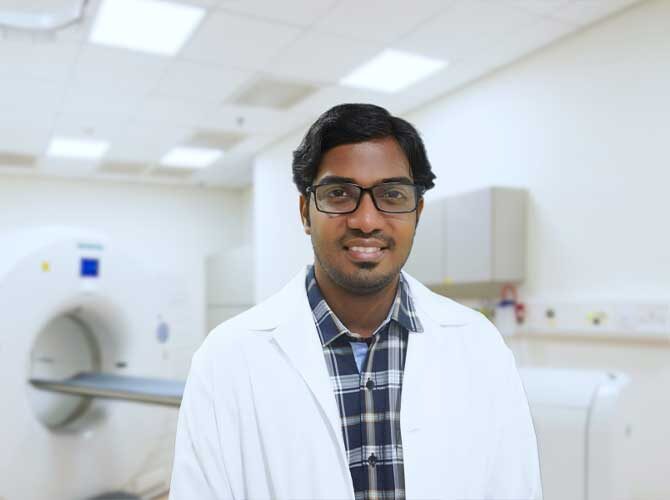A radiology doctor, also known as a radiologist, is a medical professional who specializes in the interpretation of medical images and the performance of diagnostic and interventional procedures using medical imaging techniques. They work in hospitals and imaging centers, playing a crucial role in diagnosing and treating various medical conditions.
Here are some key responsibilities of a radiology doctor in a hospital:
- Image Interpretation: Radiologists review and interpret medical images, such as X-rays, CT scans, MRI scans, ultrasound images, and nuclear medicine scans. They analyze the images to identify abnormalities, make accurate diagnoses, and provide detailed reports to referring physicians.
- Diagnostic Procedures: Radiologists perform various diagnostic procedures to help identify and characterize diseases or injuries. These may include procedures such as fluoroscopy (real-time X-ray imaging), mammography (breast imaging), angiography (imaging of blood vessels), or positron emission tomography (PET) scans.
- Interventional Procedures: Radiologists also perform minimally invasive procedures using imaging guidance. They may use techniques such as image-guided biopsies, drainages, tumor ablations, or angioplasty to diagnose and treat conditions without the need for open surgery.
- Consultation: Radiologists collaborate with other physicians and specialists to discuss imaging findings and provide expert advice on the appropriate diagnostic and treatment approaches. They may participate in multidisciplinary meetings to contribute to patient management decisions.
- Radiation Safety: Radiologists ensure that radiation-based imaging procedures are performed safely and that patients and healthcare professionals are protected from excessive radiation exposure. They follow strict protocols and guidelines to minimize radiation risks while obtaining the necessary diagnostic information.
- Quality Assurance: Radiologists participate in quality assurance programs to maintain and improve the accuracy and quality of medical imaging services. They review and provide feedback on the technical aspects of imaging studies, ensuring optimal image acquisition and interpretation.
- Continuing Education and Research: Radiologists stay updated with advancements in the field through continuous education and research. They participate in conferences, workshops, and research activities to enhance their knowledge and contribute to the development of new imaging techniques and technologies.
Becoming a radiology doctor requires completing medical school followed by a residency program in radiology. After residency, some radiologists may pursue additional fellowship training in specialized areas such as neuroradiology, interventional radiology, musculoskeletal radiology, or pediatric radiology.
It’s important to note that while radiologists primarily focus on interpreting medical images and performing procedures, they work closely with referring physicians and other healthcare professionals to provide comprehensive patient care. They play a crucial role in the diagnostic process, aiding in accurate diagnoses and treatment planning for various medical conditions.


